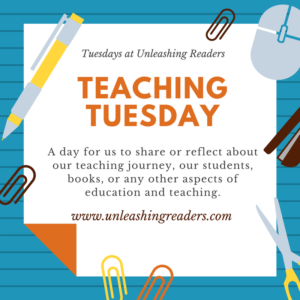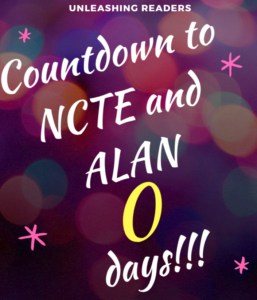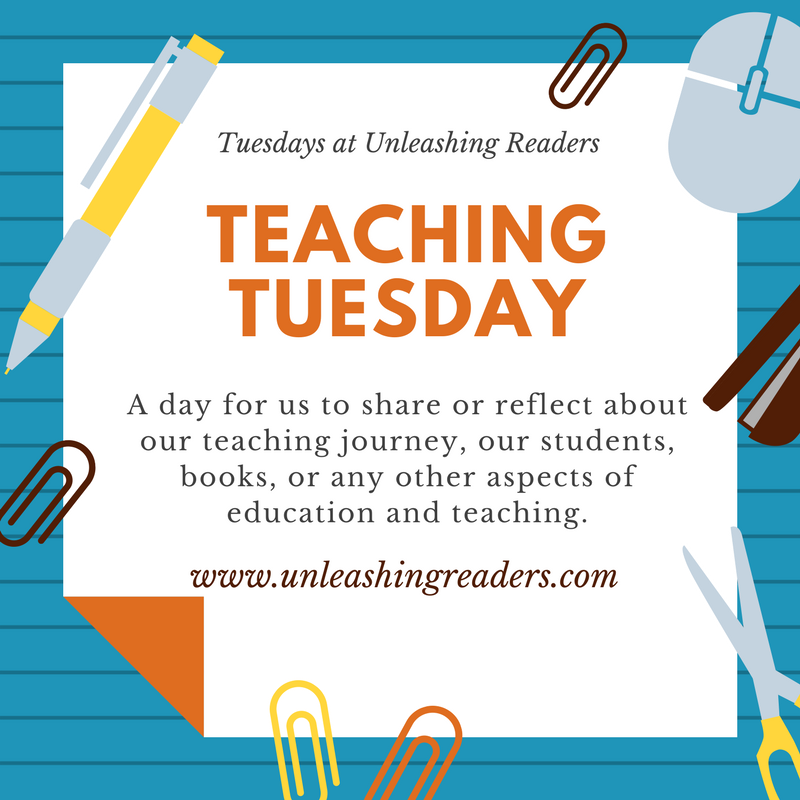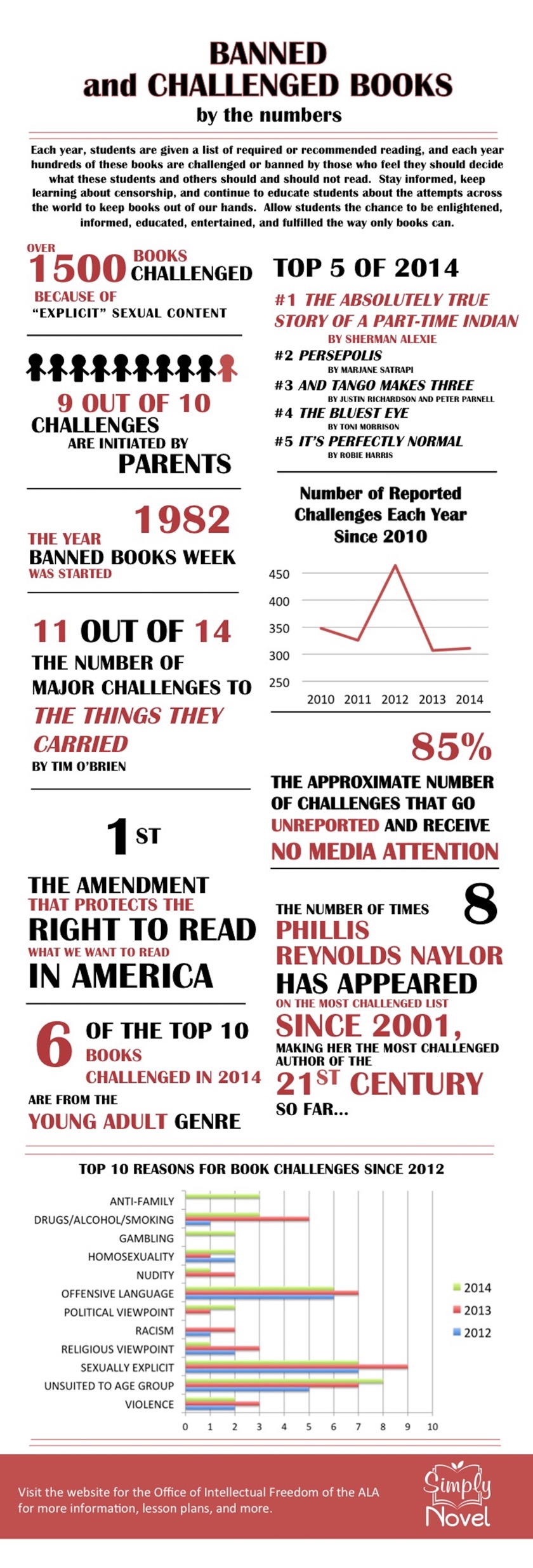I’ve seen school lotteries on television. Often, videos show large crowds in front of a bingo-like machine. The person behind a counter pulls names, and this determines whether the students are admitted into the schools. As a teacher, I watched these lotteries with amazement. Children’s futures were determined by these random drawings. When I moved to a city, I didn’t consider that this kind of a lottery had the potential to become my reality. I need to be fair in this statement. The schools in my district are very different from each other (they are branded in different ways and have different educational priorities), but they are all good schools.
Some of the lotteries that I watched on television were for schools with drastically different funding. The children in the crowd talked in interviews about the differences in educational outcomes and college admittances between their home schools and these schools with the lotteries. The lottery schools were fully funded, beautiful buildings with great technology. The home schools reported not having funding for paper. I’ve worked in a low-funded school. I know that the students and teachers in low-funded schools are incredible. But money matters (to a small degree), and I would be sitting in the crowd right alongside these parents.
When we bought a house, we looked at the elementary schools. We decided to hold off on the middle and high schools. I was seeking an elementary school that reflected my educational philosophies. This meant that I actually didn’t go with the schools that were ranked highest on the “School Digger”-like websites. Instead, I read about the schools and learned more about how they operated. Most of the schools that are highest “ranked” in our city are core knowledge schools. I am not a big believer in this paradigm (thank goodness, because the cost of the houses exceeded our means). There were many schools we were interested in that were school-choice only. In other words, it didn’t matter where I lived in town. These schools were lottery-based. The bilingual immersion school I was eyeing had a 7-12% acceptance rate each year. So I tried to manage my expectations. There were several schools that fit my priorities as a parent, and we looked for houses in these areas. I recognize that this is a huge privilege to be able to select houses based on schools. Surprisingly, I was looking at many schools that may have been low on others’ priority list. As an educator, I have strong opinions about how an elementary school should operate. For me, the school branding was actually more important to me than the right house. Also, the cost of houses pushed us out of certain elementary school zones, and I was okay with that.
We bought a house in the school zone of a small, well-regarded elementary school. It is not the name that comes up often in conversations (it isn’t a core knowledge school, for example). Also, it is much smaller than the others. The kindergarten classrooms feature two full-day classes and one half-day class. This is much smaller to other schools which may have seven or more kindergarten classrooms. I liked it because I felt like the small size would help benefit my kids and help me know the teachers better. The only drawback was that the diversity of the school was lower than I wanted (a huge issue in our city). But we spend significant time with our community, and our kids have diverse friend groups. We also decided we would try to choice into the bilingual immersion schools.
A year before I enrolled my son into kindergarten, I learned that our school had a lottery for kindergarten. To be fair, the children are all guaranteed a first grade spot. Driving him to a different kindergarten school would not be a huge deal. So we filled out choice applications in case he didn’t get into the school by the lottery. We talked with other neighbors and lamented that they wouldn’t be together if some of them didn’t get into the school by lottery. In the end, our school had low enrollment, so every neighborhood kid got into the school. In fact, I don’t believe any of the schools in town needed to host a lottery this year. The “school choice” system didn’t offer much choice. Many parents I know put five schools down and didn’t get into any of the schools that they desired. It seems that moving into the neighborhood of the school is the only almost-guarantee that you might get into the school (pending lottery).
All of this background is to share the reality that parents can try to do everything possible, but they still cannot choose a school for their children. In our case, again, it wasn’t a big deal if he didn’t get into the school we preferred. There were other good options. This isn’t the case for all children, though. Most notably, our city is a wealthier city. Any school is going to be a fine choice. Yet, for other students in other districts, these lotteries are incredibly significant and entail vastly different class sizes and funding levels. I wonder how we can live in a country that audibly promotes education but doesn’t allow parents to choose what kind of education they want for their children. I’d love to eliminate the need for school lotteries, but I recognize that I might just be dreaming.








